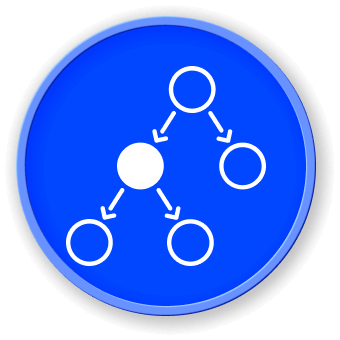Introduction
In computer science, a queue is a collection of entities that are maintained in a sequence and can be modified by the addition of entities at one end of the sequence and the removal of entities from the other end of the sequence. It is also known as a FIFO (first in, first out) data structure. In this challenge, we will implement a queue using a linked list.


